安装 Steam
登录
|
语言
繁體中文(繁体中文)
日本語(日语)
한국어(韩语)
ไทย(泰语)
български(保加利亚语)
Čeština(捷克语)
Dansk(丹麦语)
Deutsch(德语)
English(英语)
Español-España(西班牙语 - 西班牙)
Español - Latinoamérica(西班牙语 - 拉丁美洲)
Ελληνικά(希腊语)
Français(法语)
Italiano(意大利语)
Bahasa Indonesia(印度尼西亚语)
Magyar(匈牙利语)
Nederlands(荷兰语)
Norsk(挪威语)
Polski(波兰语)
Português(葡萄牙语 - 葡萄牙)
Português-Brasil(葡萄牙语 - 巴西)
Română(罗马尼亚语)
Русский(俄语)
Suomi(芬兰语)
Svenska(瑞典语)
Türkçe(土耳其语)
Tiếng Việt(越南语)
Українська(乌克兰语)
报告翻译问题




















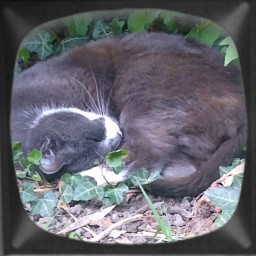


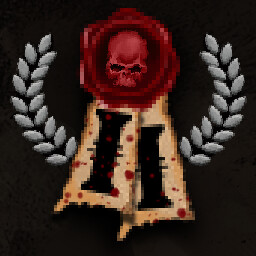
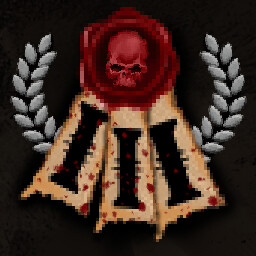




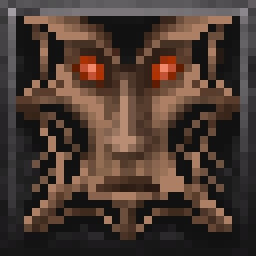
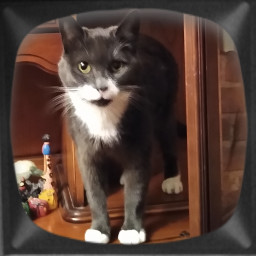







































History
As the early days of "hardcore techno" or just "hardcore" began to settle in Europe, breakcore as a genre began to take more concrete forms in other parts of the world. Inspired by new labels such as Addict, from Milwaukee, US; Peace Off from Rennes, France; Sonic Belligeranza from Bologna, Italy; and Planet Mu, from London, it began to take a new shape, adding in more elements of mashup and IDM[6] to the hardcore sounds. Each of these labels began to draw in aspects of their own social and aesthetic scenes into their music, allowing for an even broader definition of what was possible in the music.
In Europe, the breakcore genre was solidified by raves and club events such as Belgium's Breakcore Gives Me Wood
Uh, let's see, first there's an introductory greeting from the company that I'm supposed to read. Uh, it's kind of a legal thing, you know. Um, "Welcome to Freddy Fazbear's Pizza. A magical place for kids and grown-ups alike, where fantasy and fun come to life. Fazbear Entertainment is not responsible for damage to property or person. Upon discovering that damage or death has occurred, a missing person report will be filed within 90 days, or as soon property and premises have been thoroughly cleaned and bleached, and the carpets have been replaced."